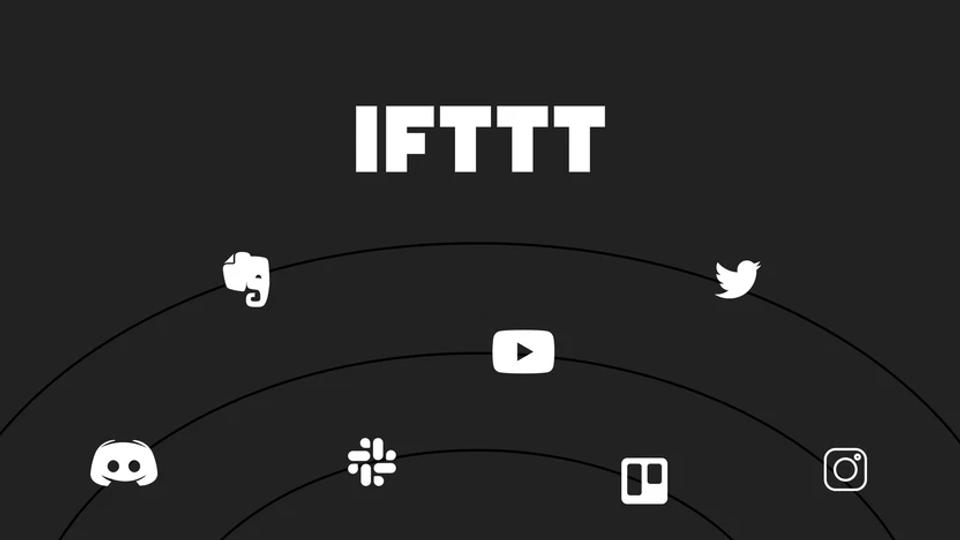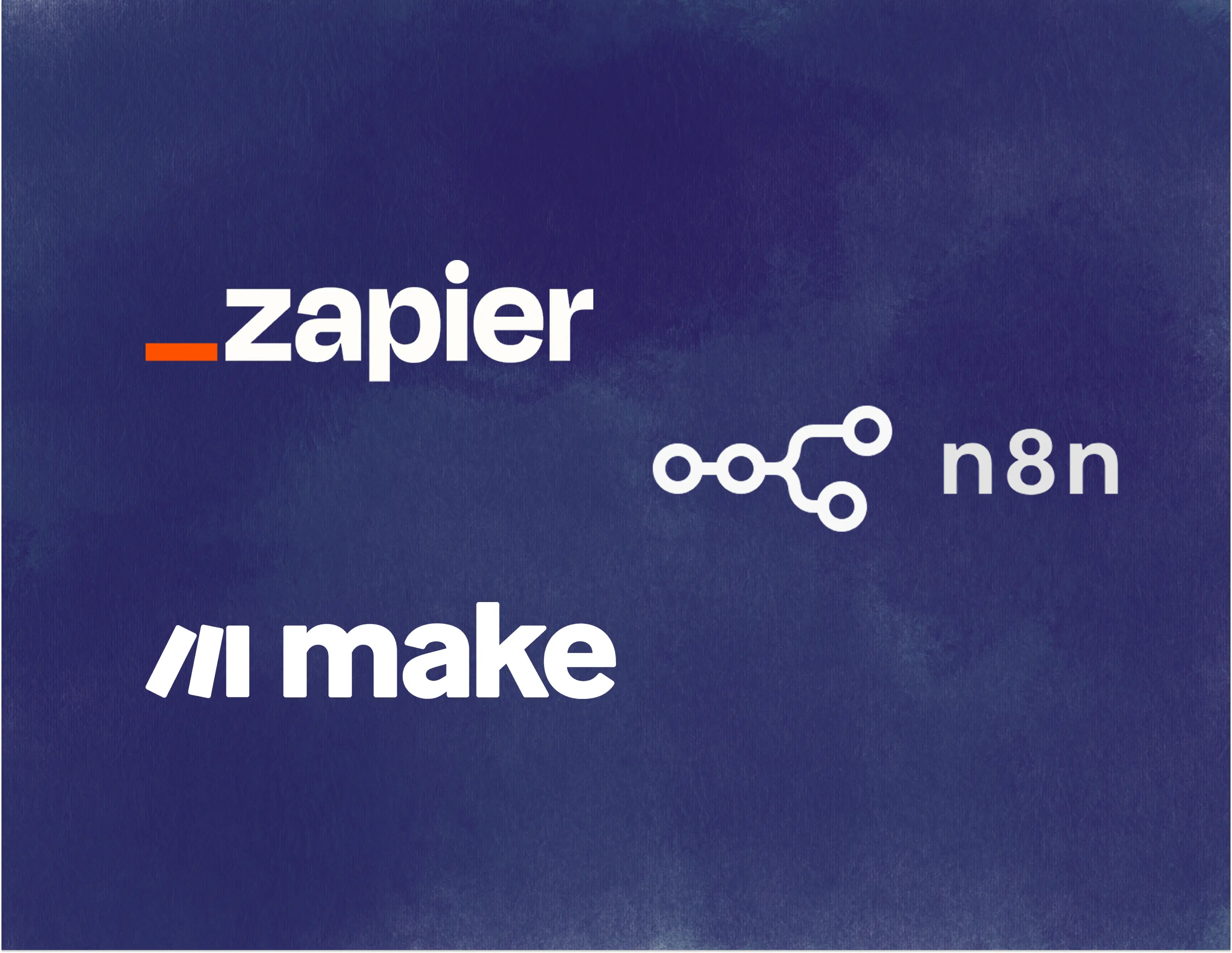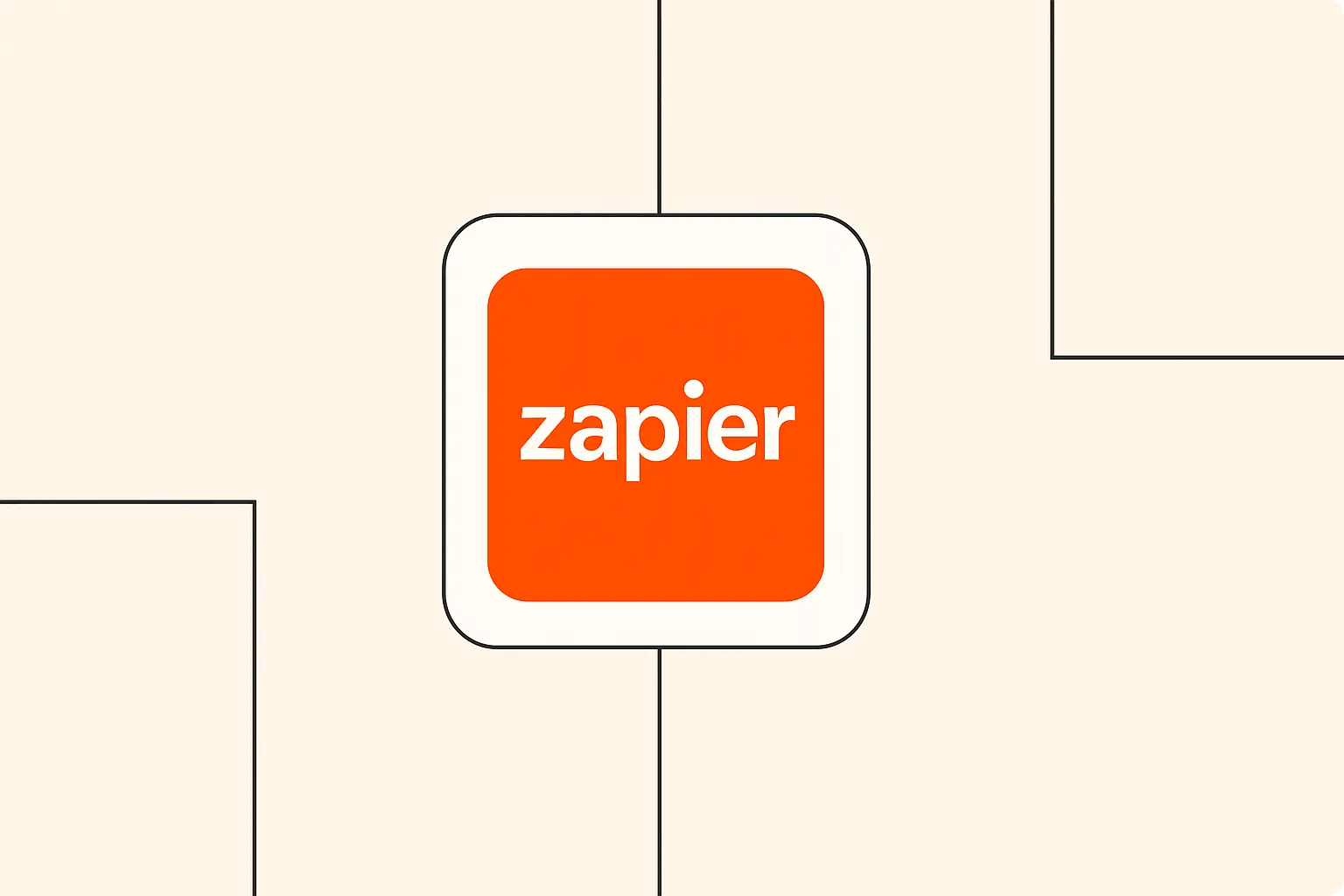
In the digital landscape, your website's availability is paramount. Consistent uptime isn't just a technical metric; it's the foundation of user trust, search engine ranking, and ultimately, business revenue.
Maintaining this crucial uptime often hinges on seemingly mundane administrative tasks, particularly web hosting subscription management. Overlooking a renewal or facing a payment issue can lead to unexpected service interruptions, causing significant disruption. This is where automation emerges not just as a convenience, but as a strategic imperative for enhanced service continuity and risk mitigation.
Understanding Web Hosting Subscription Management
Managing web hosting involves several interconnected components. These typically include the core hosting plan providing server resources, domain name registration ensuring your web address remains active, and often SSL certificates for secure connections.
Manually tracking renewal dates, processing payments, and updating details for these distinct services across potentially multiple providers creates significant challenges. Human error, forgotten reminders, or outdated payment information can easily lead to unintentional subscription lapses. Industry observations suggest that manual tracking errors are a frequent, yet preventable, cause of service downtime.
The impact of such a lapse can be immediate and severe. A website going offline damages brand reputation, frustrates visitors, and can directly result in lost sales or leads. Therefore, diligently managing these subscriptions is critical, focusing on metrics like successful renewal rates and minimizing payment failure incidents to ensure uninterrupted service.
Building an Automated Subscription Management System
Creating a robust automated system is key to overcoming manual management pitfalls. This involves integrating several core functions to work seamlessly together.
Essential Components
An effective automated system requires specific tools working in concert. Monitoring platforms are needed to track service status and renewal dates proactively.
Automated payment processing links directly with gateways like Stripe or PayPal to handle renewals without manual intervention. Notification systems are crucial for sending timely alerts via email or SMS regarding upcoming renewals, payment confirmations, or issues. Finally, automated backup mechanisms ensure data safety, providing a crucial fallback should any service interruption occur despite precautions.
Integration Platforms and Tools
Connecting these disparate components is where integration platforms become invaluable. Tools designed for workflow automation allow businesses to link various applications without extensive coding.
Consider leveraging Zapier workflows for subscription management to connect your hosting control panel with your payment processor and notification service. Similarly, exploring Make.com (formerly Integromat) solutions offers powerful visual automation capabilities for complex subscription scenarios.
Many popular hosting control panels like cPanel and Plesk also offer APIs, enabling direct integration, while webhooks can trigger automated actions based on specific events, such as a successful payment or an upcoming expiry date.
Implementing AI-Powered Monitoring and Alerts
Beyond simple automation, Artificial Intelligence (AI) introduces predictive capabilities. AI can analyze historical usage patterns to forecast future resource needs, such as anticipating traffic surges.
This allows for proactive resource management instead of reactive fixes. AI-driven early warning systems can detect subtle anomalies that might indicate impending issues, like gradually decreasing disk space or unusual server load, long before they cause downtime. Based on these predictions, systems can trigger automated resource scaling, adding CPU or RAM temporarily to handle expected peaks. Furthermore, AI enables smart notification systems that provide context-rich alerts, prioritizing critical issues and reducing alert fatigue for operations teams.
Creating Automated Subscription Workflows
Automating the entire subscription lifecycle, from payment to communication, ensures efficiency and reliability. This requires setting up specific, event-driven workflows.
Payment Processing
The cornerstone of subscription automation is the payment workflow. Implementing automatic renewal systems ensures subscriptions are processed before expiry, using stored payment methods.
Workflows must also gracefully handle failed payments, initiating dunning processes that notify customers and attempt retries according to predefined rules.
Monitoring credit card expiration dates and proactively prompting customers for updates prevents payment failures before they happen.
Finally, automating invoice generation and distribution streamlines accounting and provides customers with necessary documentation without manual effort, contributing to reduced administrative overhead.
Customer Communication
Effective communication is vital for a smooth customer experience. Automated workflows should send multiple renewal reminders well in advance of the due date.
During any service incident, automated status updates keep customers informed, reducing support load and managing expectations.
Automating account verification processes enhances security and onboarding efficiency.
Integrating subscription status directly with support ticket systems gives agents immediate context, enabling faster and more accurate resolutions, thereby improving customer satisfaction.
Proactive Maintenance and Issue Prevention
Automation extends beyond subscriptions to encompass proactive system maintenance. Regularly scheduled, automated health checks can monitor server vitals like CPU, RAM, and disk I/O.
Monitoring resource utilization trends over time helps identify potential bottlenecks or capacity issues before they impact performance.
Automated backup verification ensures that backups are not only created but are also restorable, confirming data integrity.
Implementing automated security scanning and patching helps protect against vulnerabilities, forming a crucial layer of proactive issue prevention.
Best Practices for Automated Subscription Management
While automation offers significant benefits, implementation requires careful planning. Building redundancy into the system, such as having backup payment gateways or secondary notification channels, is crucial.
Thorough testing and validation of all automation workflows before deployment are essential to catch errors and ensure they function as expected under various conditions.
Maintaining clear documentation and audit trails is vital for troubleshooting, optimization, and demonstrating compliance, especially concerning regulations like PCI DSS for payment data handling. Adhering to these practices ensures the reliability and security of your automated system.
Measuring Success and Optimization
To gauge the effectiveness of automated subscription management, specific metrics must be tracked. Key performance indicators (KPIs) include uptime percentage, subscription renewal rate, reduction in manual processing time, and potentially customer churn reduction related to service interruptions.
Utilizing uptime monitoring tools provides objective data on service availability.
Conducting a cost-benefit analysis helps quantify the return on investment (ROI) by comparing implementation costs against savings from reduced downtime and manual labor.
Automation is not a one-time setup; adopting continuous improvement strategies based on performance data allows for ongoing optimization and refinement of workflows.
Common Pitfalls and Solutions
Automation, while powerful, carries potential risks if not managed carefully. Over-automation, particularly of critical actions without human oversight, can lead to unintended consequences.
Robust error handling must be built into every workflow to manage unexpected issues, like API outages or payment gateway errors.
Defining clear fallback procedures for situations where automation fails ensures business continuity.
Security remains paramount; protecting API keys, customer data, and payment information requires constant vigilance and adherence to security best practices to prevent breaches.
Conclusion
Automating web hosting subscription management delivers substantial strategic advantages. It directly contributes to maximizing website uptime, reduces operational costs associated with manual tasks, minimizes the risk of human error, and ultimately enhances the customer experience through reliable service delivery.
A typical implementation roadmap involves assessing current processes, planning the automation strategy, selecting appropriate tools, implementing and rigorously testing workflows, and establishing ongoing monitoring. Future trends point towards more sophisticated AI for predictive maintenance and hyper-automation integrating even more business processes. Taking the first steps towards automation today positions your organization for greater resilience and efficiency tomorrow.
Call to Action
Ready to eliminate downtime risk and streamline your operations?
- Download our Free Automation Template to map your subscription workflows.
- Book a Consultation with our AI automation experts.
- Sign up for The AI Automation Guide newsletter for the latest tips and insights.
- Explore related resources on integration platforms and proactive maintenance.











